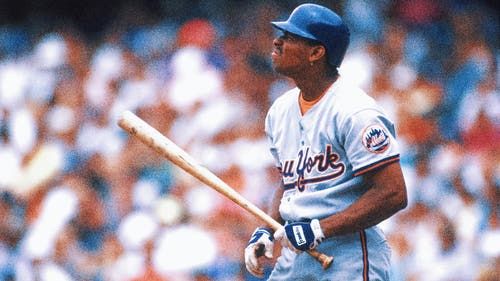
Heat wave breaks in time for All-Star game in KC
There are times the past few weeks when Twins catcher Joe Mauer would gaze at scoreboards in ballparks around the country, trying to see what kind of heat the Minnesota pitchers are throwing, and he's been genuinely confused.
No way Scott Diamond is hitting triple digits with his fastball, Mauer thought. No chance that Brian Duensing is ramping it up to Aroldis Chapman-like numbers.
Turns out that Mauer was seeing readings for a different kind of heat - the temperature.
A crippling heat wave that settled over the continental United States contributed to the hottest first six months of a year, the National Oceanic and Atmospheric Administration said Monday. Records were broken from coast to coast - 104 degrees in Washington, D.C., and hotter in Kansas City, where Major League Baseball was playing its annual All-Star game Tuesday night.
Mauer has played enough games against the Royals to understand how insufferable the heat can be in Kansas City. That's why he'd been keeping a wary eye on the weather ever since he was picked for his fifth All-Star game, and was relieved to see the heat wave finally crack.
''The weathermen knew we were coming, so they gave us a break,'' Mauer said. ''It's a hot place in the summer, so to have a break is really nice.''
Even if it is a modest break.
It was still well over 80 degrees by 10 a.m. Tuesday, when fans started to set up tailgates outside Kauffman Stadium. The high was expected to be in the mid-90s, about the time the players were taking the field for batting practice, before cooling off for the first pitch.
Still, it's a welcome relief for All-Star game organizers who were concerned about a heat wave that contributed to at least 35 deaths around the country. Water was readily available at the ballpark, and every truck and trailer brought in to help produce the Midsummer Classic had large tubes snaking through the parking lot to pipe in air conditioning.
''What's it going to be tomorrow?'' Yankees shortstop Derek Jeter asked Monday afternoon, just before heading out to batting practice. When told the forecast, he replied: ''Lots of Gatorade.''
Indeed, players are accustomed to coping with the heat.
The Royals played Tampa Bay just before the All-Star break, and the temperature in Kansas City for the afternoon game was well over 100 degrees. Manager Ned Yost started to feel sorry for plate umpire Tony Randazzo, drenched in sweat beneath his bulky pads, and just about everyone was relieved when Billy Butler homered to break an eighth-inning tie.
When the players filed back to the clubhouse, every step up the hallway an effort, the Kansas City training staff had IVs at the ready.
''We were going to start losing guys,'' Yost said. ''The umpire was about ready to fall out behind home plate. The heat out there was pretty oppressive.''
The weather was similar just down I-70 in St. Louis, where temps were over 100 degrees for all but one game of a 10-game homestand. They topped out at 106 on Saturday, the highest recorded for a Cardinals game since the statistic was first logged in 1988.
St. Louis and Florida both skipped outdoor batting practice to beat the heat.
''It's all about the hydration,'' said Baltimore catcher Matt Wieters. ''Growing up in South Carolina and playing college ball in Georgia, you're used to the heat and humidity. Everything that comes out, you have to replace. That's the biggest thing, making sure you drink plenty.''
Nationals ace Stephen Strasburg has had problems with that in the past.
During a game in Atlanta late last month, the first-pitch temp was 104 degrees - the hottest game Washington has played since the franchise moved from Montreal in 2005. Strasburg wound up leaving after three innings and only 67 pitches, his face blanched white from dehydration to the point that Nationals manager Davy Johnson was concerned for his health.
Part of Strasburg's problem is that he sweats at an astonishing rate, and after that game in Atlanta, he had lost so much that he needed three IVs of saline solution in the clubhouse.
''I try and drink a lot of fluid. I'm just a heavy sweater,'' Strasburg said. ''I'm just trying to figure out a way to not go through an inning and then have them take me out for dehydration.''
Of course, there are plenty of old-timers who remember what it was like to play during the intense heat in heavy, woolen uniforms. Or what it was like to step onto the old, artificial turf of the 1970s and `80s, which always seemed to ramp up the temperature.
Players these days, with their super-engineered sports drinks and moisture-wicking jerseys and IVs at the ready, aren't going to get much sympathy from those of yesteryear.
After all, the summer swelter has always been a part of the game.
''This is baseball. Summer,'' said Marlins manager Ozzie Guillen, who spent 16 years playing in the big leagues. ''I've got four people working at my house right now making five dollars an hour - I think we pay them a little more than that - and they're still working. I think we make a little bit more than them, and we've got people paying to watch us. Just think about that.''
---
AP Sports Writer R.B. Fallstrom contributed to this report.










